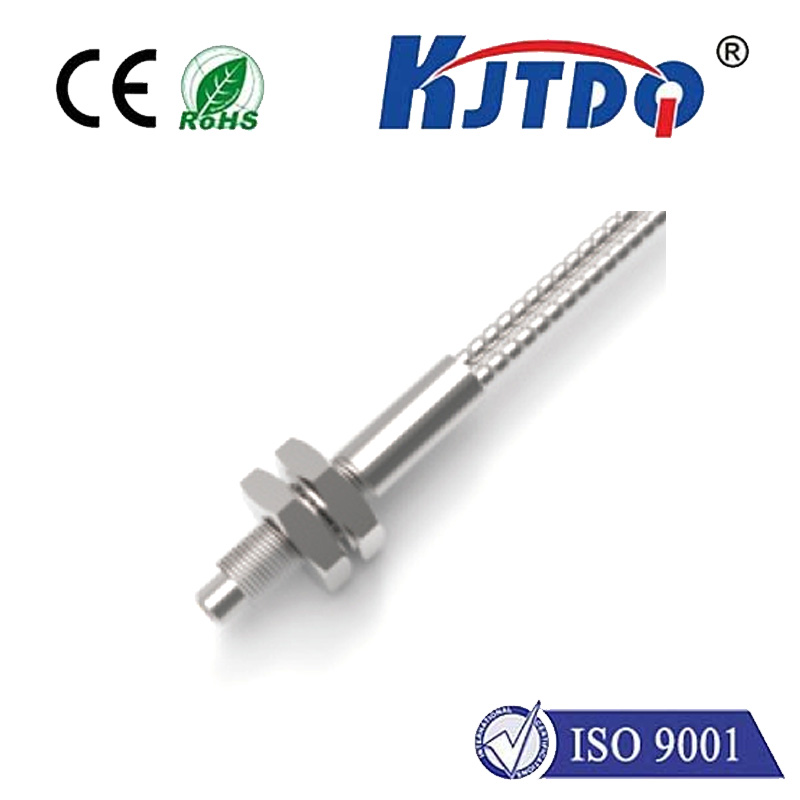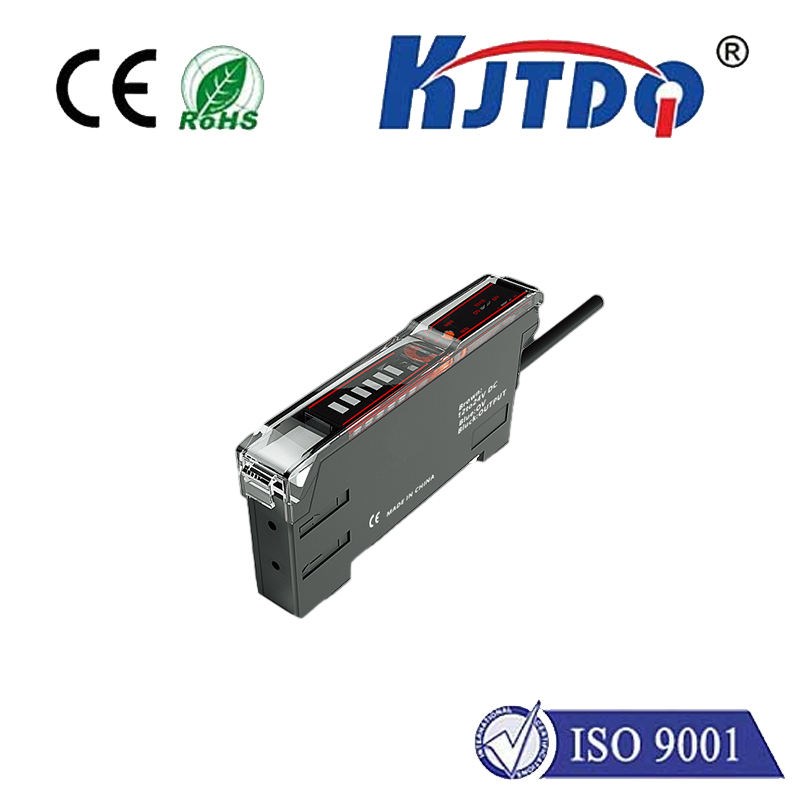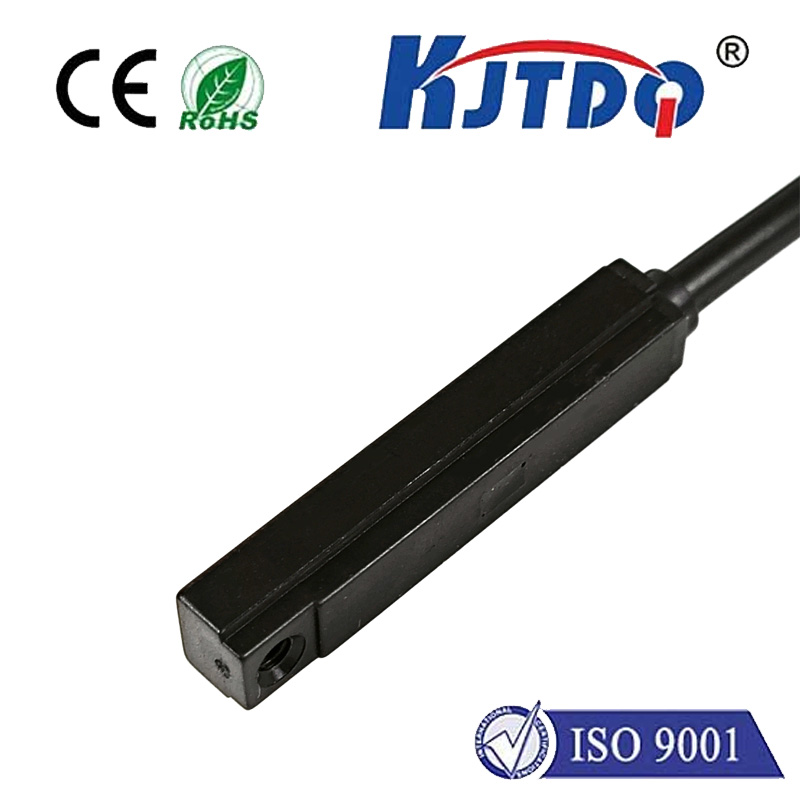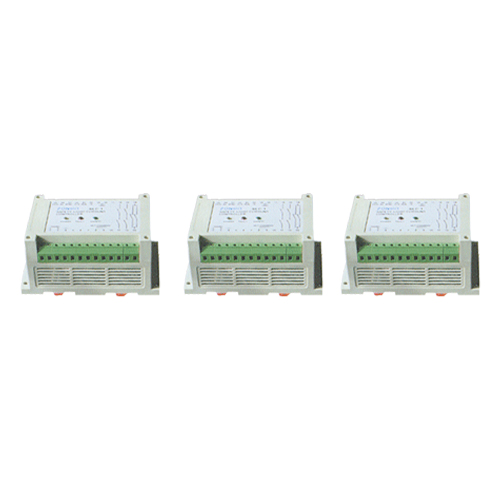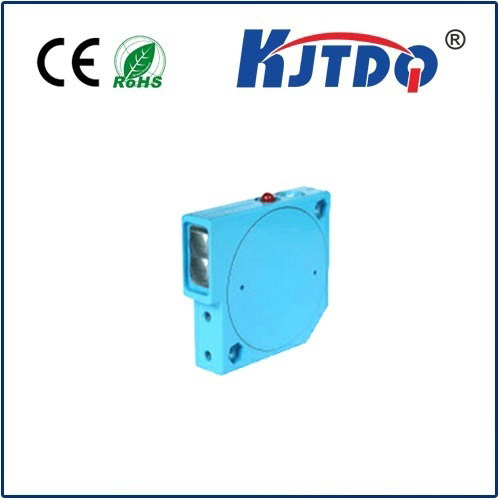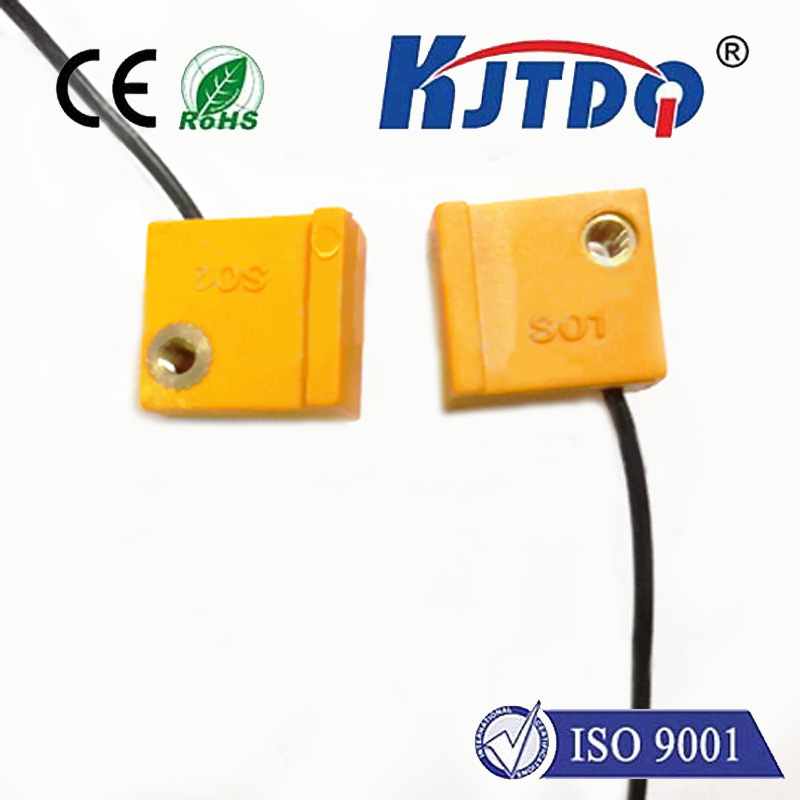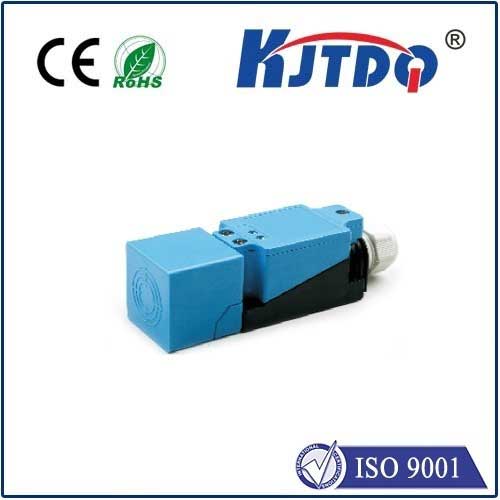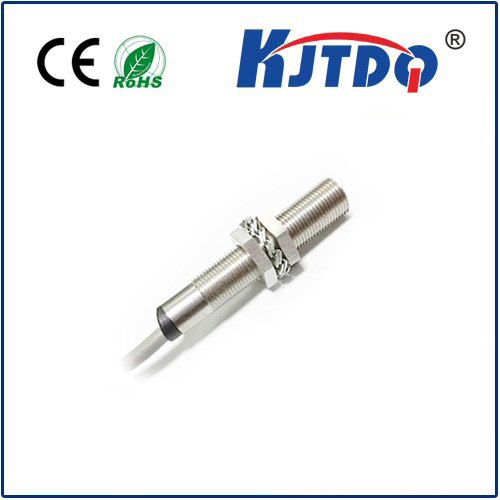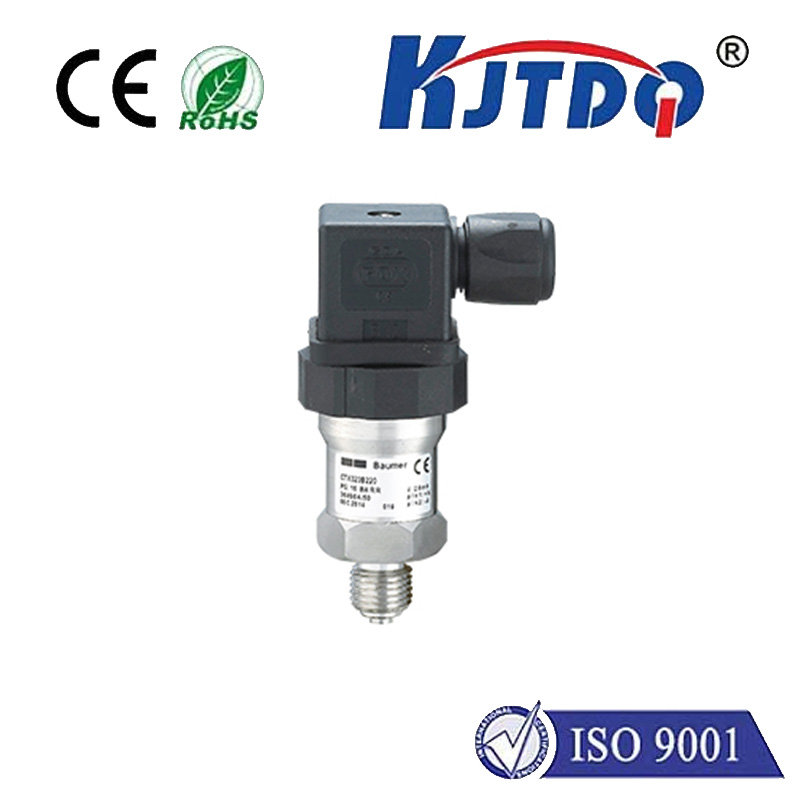flat capacitive proximity sensor
- time:2025-09-07 03:37:17
- Нажмите:0
Unseen Detection: The Power and Versatility of Flat Capacitive Proximity Sensors
Imagine controlling machinery without physical contact, detecting hidden objects behind panels, or enabling sleek, spill-proof interfaces. This isn’t science fiction; it’s the everyday reality powered by flat capacitive proximity sensors. These remarkable devices operate silently and invisibly, revolutionizing how machines interact with the world. Their unique flat profile and contactless sensing capability make them indispensable across diverse industries seeking reliable, durable, and aesthetically pleasing solutions.
How Does a Flat Capacitive Proximity Sensor Work?
At the heart of this technology lies the fundamental principle of capacitance. Capacitance is the ability of a system to store electrical charge. A flat capacitive proximity sensor essentially creates an electric field using electrode patterns etched onto a thin, flexible, or rigid substrate (like a PCB or PET film). When an object enters this electric field – even if it’s non-metallic like a hand, liquid, wood, or plastic – it alters the field’s distribution. This change, known as capacitance variation, is precisely measured by the sensor’s integrated circuitry.
Key characteristics of their operation include:

- Non-Contact Detection: The core advantage. Objects are sensed without physical touch, leading to zero wear and tear.
- Material Agnosticism: While sensitivity varies, they can detect a vast range of conductors (metals) and non-conductors (plastics, wood, liquids, human body), unlike inductive sensors which typically only sense metals.
- Field Projection: The electric field projects slightly beyond the sensor’s physical surface, allowing detection even through thin non-conductive barriers (glass, plastic, wood).
- Sensitivity: Adjustable sensitivity allows tuning for specific applications and detection ranges.
Why Choose a Flat Design?
The flat form factor is a game-changer, offering distinct advantages:
- Ultra-Low Profile: They can be integrated into incredibly thin spaces where traditional sensors (like mechanical buttons or bulky inductive/capacitive barrels) simply wouldn’t fit. Think modern appliances, slim control panels, or wearable tech.
- Flexibility: Many are manufactured on flexible substrates (FPC - Flexible Printed Circuits), allowing them to conform to curved surfaces.
- Seamless Integration: The flat surface can be easily hidden behind panels, under overlays, or integrated directly into product casings, enabling minimalist and waterproof (IP67/IP68+) designs. No moving parts means nothing protrudes.
- Robustness: Inherently resistant to dust, moisture, oils, and chemicals (depending on encapsulation), making them suitable for harsh industrial or outdoor environments.
- Design Freedom: Enables large-area sensing, custom shapes (buttons, sliders, touchpads), and innovative user interfaces impossible with bulkier sensors.
Key Applications Driving Adoption
The unique capabilities of flat capacitive proximity sensors are transforming numerous sectors:
- Industrial Automation & Machinery: Proximity detection for safety guarding (e.g., sensing presence near hazardous machinery), level sensing for non-conductive liquids or granular materials in tanks, part presence/absence detection on conveyors, and touchless control panels resistant to contaminants.
- Consumer Electronics & Appliances: Hidden controls on modern ovens, refrigerators, coffee machines, and washing machines. Enables sleek, easy-to-clean surfaces. Integration into smart home devices for presence awareness.
- Automotive: Occupancy detection for airbag control, hidden touch interfaces within dashboards and center consoles, sunroof/cargo area pinch protection, proximity detection for keyless entry systems.
- Medical & Laboratory: Hygiene-critical touchless controls for equipment, fluid level sensing in containers, presence detection in sensitive instruments.
- Elevators & Access Control: Touchless button panels for improved hygiene and vandal resistance.
- Kiosks & Public Interfaces: Durable, spill-proof touch interfaces built to withstand public use.
Advantages Over Alternative Sensor Technologies
- vs. Mechanical Switches: No moving parts = vastly superior lifespan (>50 million+ actuations common), silent operation, immunity to wear & contamination, and seamless surfaces.
- vs. Inductive Sensors: Can detect non-metallic objects like plastic, wood, liquids, and the human body, which inductive sensors typically cannot. Also offers a flatter profile.
- vs. Optical Sensors: Not fooled by ambient light, color, or transparency of the target object. More robust against dust/dirt buildup (depending on sealing).
- vs. Ultrasonic Sensors: Less susceptible to temperature variations or acoustic interference, and offers a much lower profile. Often more cost-effective for shorter ranges.
- vs. Traditional Capacitive Sensors: The flat form factor allows for thinner integration, custom shapes, and large-area sensing typically not feasible with barrel-shaped capacitive sensors.
Implementing Flat Capacitive Proximity Sensing
Successful integration involves several considerations:
- Target Object: What material are you detecting? Conductors (highest sensitivity) or Non-conductors? Size and distance?
- Sensing Distance: Range is relatively short (typically a few millimeters to several centimeters) and depends heavily on sensor size, electrode design, and target properties. Realistic expectations are crucial.
- Environment: Potential electrical noise sources? Required ingress protection? Temperature range?
- Mounting: The sensor needs a stable mounting position. Detection is most reliable through thin, non-conductive materials (dead front panels). Ground planes can significantly influence performance.
- Sensitivity & Calibration: Most sensors offer adjustable sensitivity to fine-tune detection thresholds and reject false triggers caused by environmental changes or unintended objects.
- Electronics: Requires an interface to a microcontroller or PLC. Many sensors provide simple digital outputs (on/off) or configurable analog outputs proportional to proximity.
The flat capacitive proximity sensor is a cornerstone technology enabling smarter, cleaner, more reliable, and aesthetically advanced products and systems. Its blend of contactless operation, robustness, thin profile, and material versatility solves problems that other sensing technologies struggle with. As electronics continue to shrink and demand for intuitive, hygienic interfaces grows, the role of these invisible detection workhorses in our technology landscape will only become more pervasive and essential.


